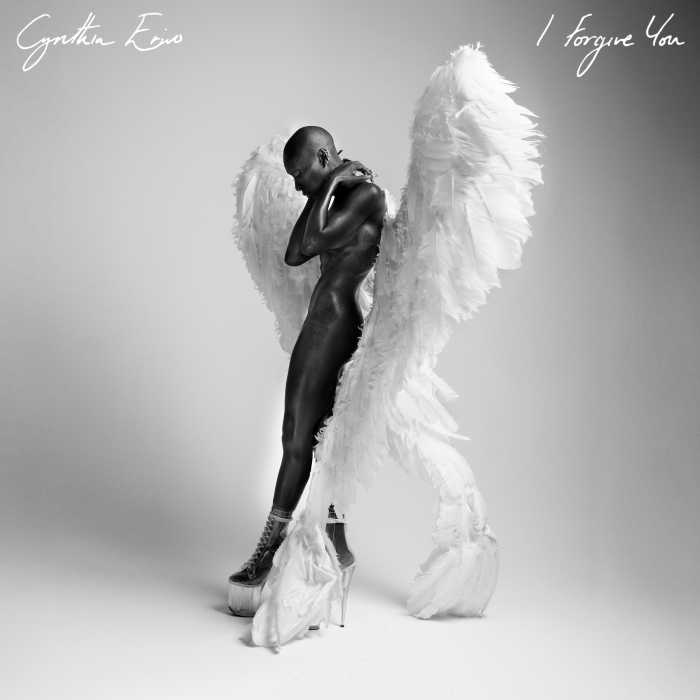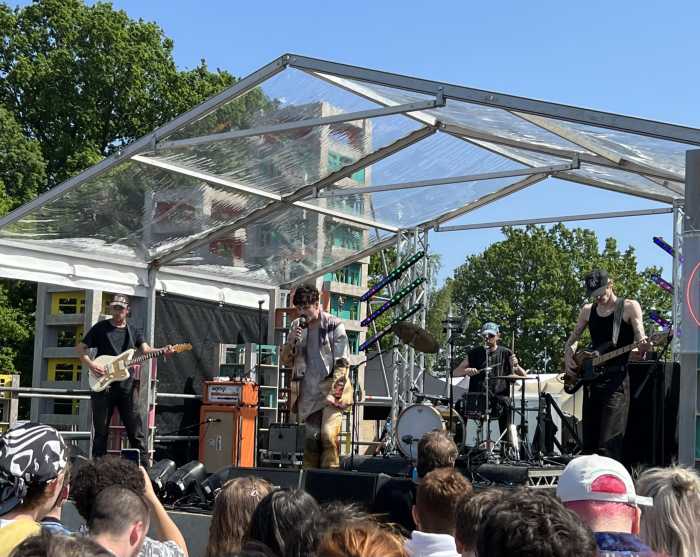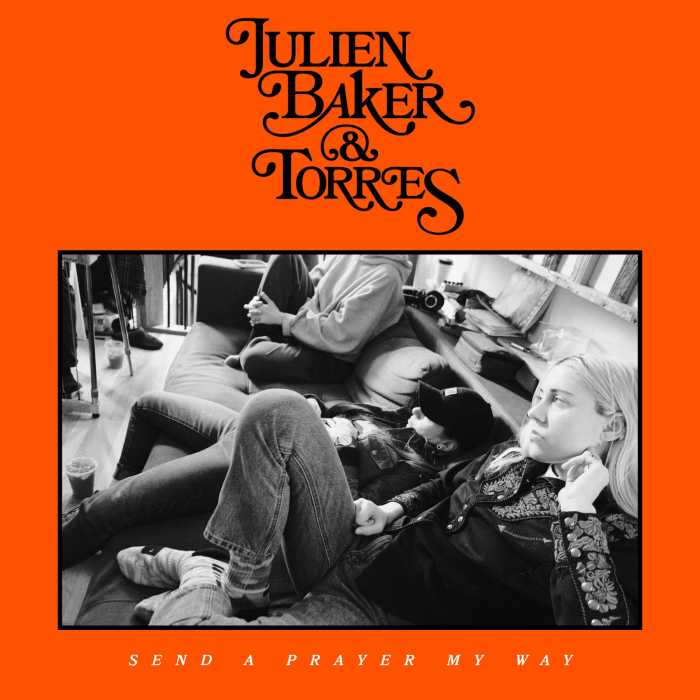Ronald K. Brown dances “Grace.” | BASIL CHILDERS
The same day “The Gershwins’ Porgy and Bess” was opening on Broadway, Evidence was leaving on tour. Ronald K. Brown, the choreographer on the “Porgy and Bess” creative team and founder and artistic director of Evidence, found himself straddling both worlds, an enviable if challenging position.
This was his first Broadway credit, yet he’s been making dances for his own company and others for over 25 years.
Brown, age 46, was born and raised in Brooklyn and inspired to dance artistry, like so many African Americans growing up in New York, by a performance of the Alvin Ailey American Dance Theater. Few, however, have had his good fortune, getting the opportunity to choreograph for the same company that first moved him. While he has choreographed for many others, that particular dance for Ailey, “Grace,” first performed in 1999, was a career game-changer. Set to Afro-pop, Ellington, and gospel music, it is a landmark work that is now performed regularly by Evidence.
Like all Brown’s dances, “Grace” is grounded in storytelling — specifically, personal and folk histories related to the African Diaspora — and his choreography fuses the languages of modern dance, West African movement, Afro-Caribbean, and urban dance. Rhythm, spirituality, and powerful, exuberant dancing matched with music choices that are integral to the narrative are all trademarks of this ever-rising star, whose work has also explored issues of concern to gay black men and to communities affected by AIDS.
To Brown, the “Porgy and Bess” experience has been incredible — a two-year journey that began in October 2010 with the first email aimed at gauging his interest and has soared based on Tony Award wins for Best Musical Revival and for Audra McDonald as Best Actress. He’ll be celebrating with his own company in two programs of dance at the Joyce Theater.
Program A includes the company premiere of “Gatekeepers” (1999), originally commissioned by Philadanco and danced to music by Brown’s friend and longtime collaborator Wunmi Olaiya, and the New York premiere of “Everybody At The Table,” a new section of the longer work, “On Earth Together” (2011), danced to Stevie Wonder music.
Clement Mensah, Arcell Cabuag, and Otis Donovan Herring dance “Come Ye.” | JULIETA CERVANTES
Program B features highlights from the Evidence repertory, including an excerpt from “Walking out the Dark” (2001),“Come Ye” (2003), a call for peace inspired by the life, legacy, and music of Nina Simone, and the awesome “Upside Down” (1998), to music by Oumou Sangare and the late Fela Kuti — created long before the Broadway show celebrating Kuti’s life was even imagined.
Evidences dances “Upside Down” in 2010. | JULIETA CERVANTES
“When I met with Diane [Paulus] and Diedre [Murray],” Brown told Gay City News about his signing on with the “Porgy and Bess” team, “my first question was were they looking for a choreographer for hire? Because I didn’t want to do that. But no, they were interested in answering where dance should be.
“When Diane and I would talk, it was always about trying to get a physical language for the cast in a way that represents the characters. In a conference call with Audra, who had sung the music in concert, she wanted to know what were our intentions of making her a full character, a full woman. Would she move?”
You can hear elation in Brown’s retelling.
“When they asked me, ‘So how many dancers would you like?,’ I said, ‘Everyone is going to dance.’”
Brown defended the project against the purists — or in this case, really only Stephen Sondheim — who think the Gershwin opera shouldn’t have been “tampered with.”
“We are trying to bring the work to new audiences, allow it to have some life on the musical theater stage,” he said. “The opera will exist forever long.”
The theme of passing things on and inter-generational caretaking is central to “Gatekeepers,” which explores the relationship between ancestors and descendants at the time of crossing over.
“I never thought about Evidence doing it,” said Brown, but dancer Arcell Cabuag, his associate artistic director, kept pushing. When the opportunity came to bring it back in Philadanco’s recent season, Brown said, “It made me remember why I made it and how the process came about.”
He explained, “The first image ended up also being the last image, servants at a doorway waiting for the next generation of ancestors to come. In folklore from West Africa, there is a tradition of a baby being named after someone who has died as a way of teaching the child responsibility to that ancestor. We gather up our ancestors. We are our ancestors, and we are watching out for ourselves when we make the transition.”
“On Earth Together,” a piece that is still growing, was not the original name the choreographer had in mind. Brown’s first title idea for his Stevie Wonder opus was “Wonderful Place,” but EMI publishing suggested he find another one that didn’t have the word wonder in it.
“I knew the title would come to me,” said Brown, who ultimately settled on opening lyrics from the Wonder song “You And I.”
“The last time it was at the Joyce,” Brown said, “we had 20 minutes. We’ve added another 25.”
This time, the dance will be accompanied live by musical guest artists, including Peven Everett, Gordon Chambers, Caron Wheeler, formerly of Soul II Soul, and Andrea Jones-Sojola, NaTasha Yvette Williams, and Trevon Davis from the cast of “The Gershwins’ Porgy and Bess.”
“Bessie Schoenberg gave me some great advice,” Brown explained regarding his second program that draws from the Evidence repertory. “‘Don’t give in to the pressure to always do something new. Make sure people know where you have come from.’”
Program B reflects Brown’s amazing journey.
RONALD K. BROWN AND EVIDENCE, A DANCE COMPANY | Joyce Theater | 175 Eighth Ave. at 19th St. | Jul. 9-11 at 7:30 p.m.; Jul. 12-14 at 8 p.m.; Jul. 14 at 2 p.m. | $10-$49; joyce.org or 212-242-0800





































